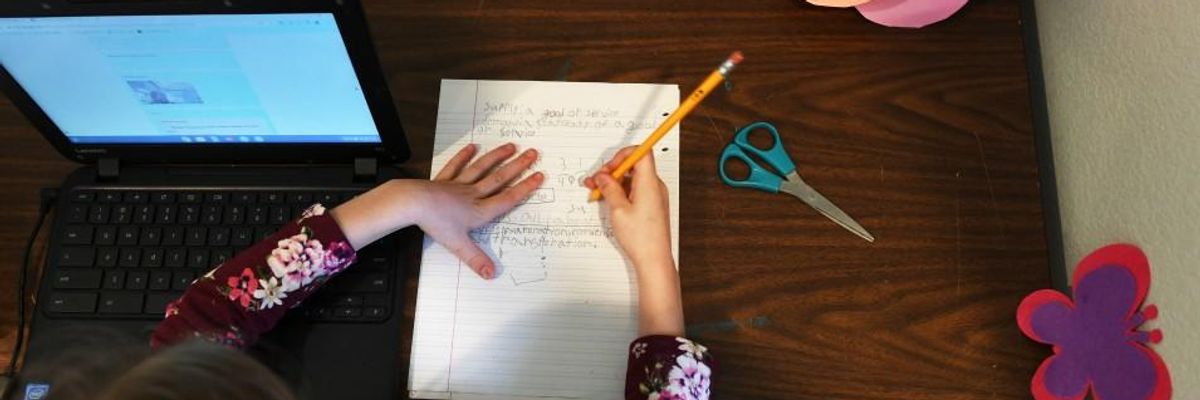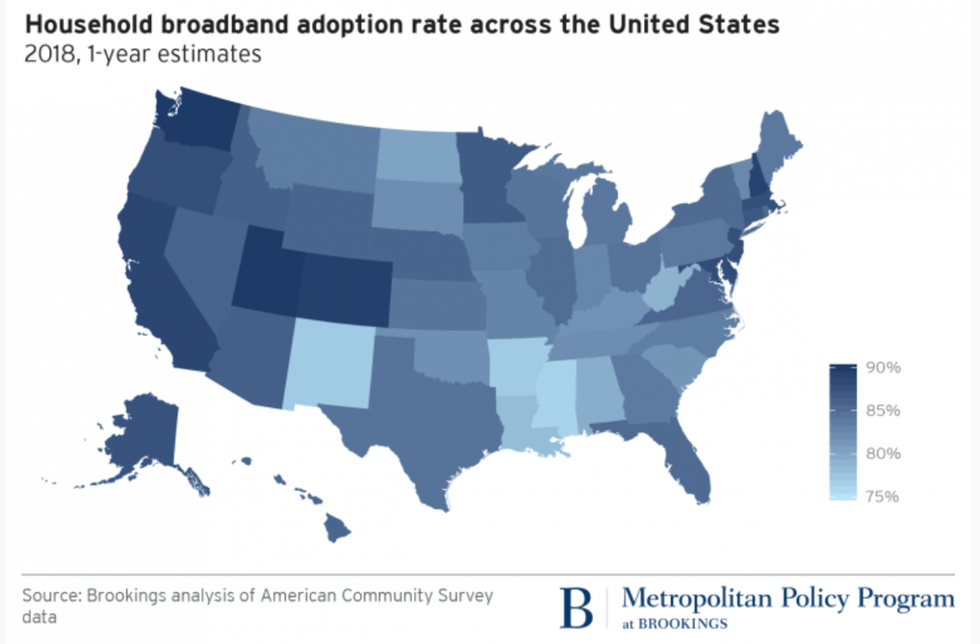Number of Americans that the Federal Communications Commission says lack access to high-speed internet service, a number it calculates by using self-reported data from providers: 21 million
Percent of U.S. residents in urban areas who lack access to high-speed internet, according to the FCC: 2
Percent in rural communities: about 25
According to a recent report from the company Broadband Now, number by which the FCC may be lowballing its broadband access estimates, with rural areas particularly likely to be miscounted: 20 million
Percent by which the FCC may be over-reporting broadband coverage in Arkansas, a state that's 44 percent rural: 23
Percent by which it may be over-reporting coverage in Mississippi, a state that's more than one-half rural: 20
Number of people by which the FCC may be overestimating broadband coverage in North Carolina, a heavily rural state that consequently has turned to other sources of information to figure out which communities are most in need: 500,000
Number of households in a census block that need to have access to high-speed internet service for providers to claim they serve the entire population of that census block: 1
Factor by which families in poor areas in the U.S. are more likely to lack access to high-speed broadband than the wealthiest households: almost 5
Percent-average broadband adoption rate in a typical majority-white U.S. census tract: 83.7
Adoption rate in the average census tract where African Americans make up more than 50 percent of residents: 67.4
Rank of the South among U.S. regions with the lowest rate of broadband adoption: 1
Portion of Americans who live in low-subscription neighborhoods, meaning that broadband is available but fewer than 40 percent of households are connected: nearly 1/4
Rank of price among the biggest barriers to connecting to available broadband:
1The average monthly broadband internet bill in the U.S.: $65.14
According to one study, percent broadband prices would have to come down for subscriptions to increase by just 10 percent: about 15
As some communities consider publicly-owned broadband to increase access and affordability, number of states that have passed so-called "preemption laws" banning it or erecting significant roadblocks: 25
Of those 25 states, number in the South: 9*
Amount the telecom industry, which has long lobbied against public broadband, invested in state politics across the country over the past decade: over $174 million
Funding included in the $1 trillion coronavirus stimulus bill passed this week to help narrow the so-called "homework gap" between households with internet connections and equipment and those without it: $0
* Alabama, Arkansas, Florida, Louisiana, North Carolina, South Carolina, Tennessee, Texas, and Virginia.


